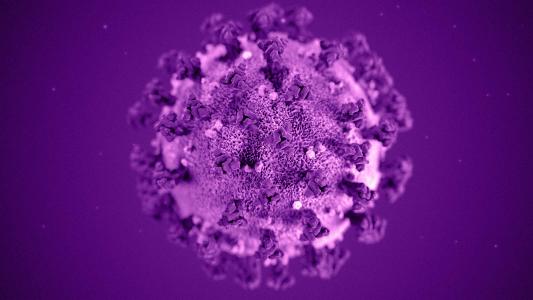Editor’s note: This article is no longer being updated. Please refer to the CDC for information about SARS-CoV-2, including its symptoms.
The global pandemic of COVID-19 is caused by a novel coronavirus, one that has never been seen until now.
Coronaviruses are a family of spiky viruses that can cause respiratory illnesses in humans, including SARS, MERS, and the common cold.
Since mild COVID-19 symptoms can look so much like the common cold, allergies, or the flu, it can be difficult — and anxiety inducing — to tell whether you have the pandemic disease or something else. (At the bottom, we’ll offer some tips on telling them apart.)
Freethink is here to help. On this page, you will find the symptoms to look out for, beginning with the major ones agreed upon by health bodies like the WHO and CDC. Below those will be rarer symptoms, followed by other potential symptoms being proposed by teams of researchers.
If you have fever, cough, and shortness of breath, the WHO recommends seeking medical attention.
The more patients who are diagnosed, the more symptoms may be able to be identified and distinguished from other illnesses; we’ll keep updating the article accordingly.
For most people who become infected, these symptoms will be mild or may not even show up at all.
For others, they could lead to trouble breathing, hospitalization, assisted breathing with precious ventilators, and even death. This is why it is so crucial to practice soaping up, social distancing, and wearing a mask; even if you end up coming out ok, someone else you come into contact with may not.
What Are the Coronavirus Symptoms?
The WHO and CDC have developed a list of the most common symptoms of COVID-19.
These are:
- Cough (usually dry; no phlegm)
- Fever
- Tiredness
- Shortness of breath
- Loss of taste and smell
If you have fever, cough, and shortness of breath — the COVID-19 Triple Crown — the WHO recommends seeking medical attention. Most people who do not have these symptoms do not require medical attention, and going to the doctor unnecessarily may put you at more risk of contracting COVID-19.
Severe Coronavirus Symptoms
In severe cases, COVID-19 may progress to:
- Pneumonia
- Rapid, labored breathing (30 or more breaths a minute)
- Low blood oxygen (93% or less)
- Bluish lips or face
- New confusion or inability to arouse yourself
Needless to say, if you have difficulty breathing or any more severe symptoms, you should seek medical help immediately. In critical cases, COVID-19 can lead to respiratory failure, septic shock, multiple organ failure, and death.






